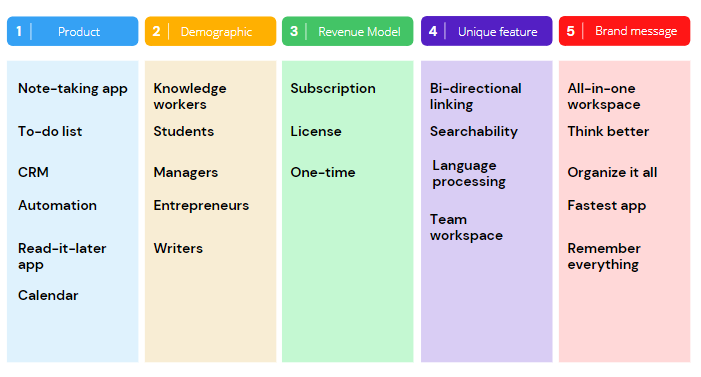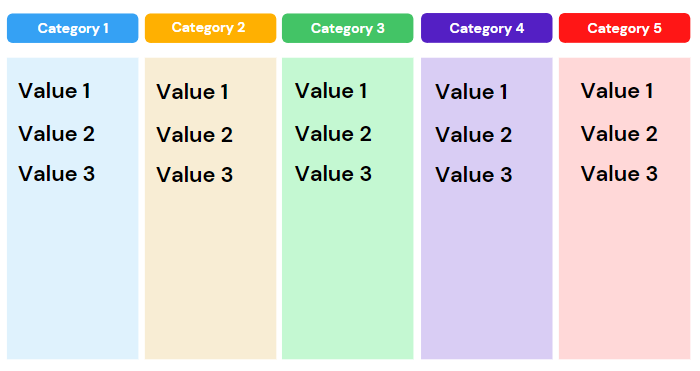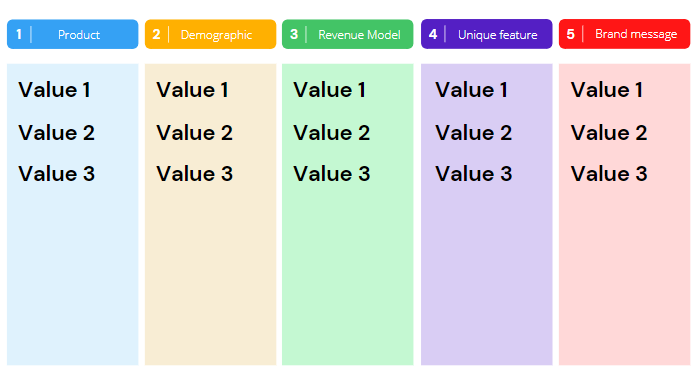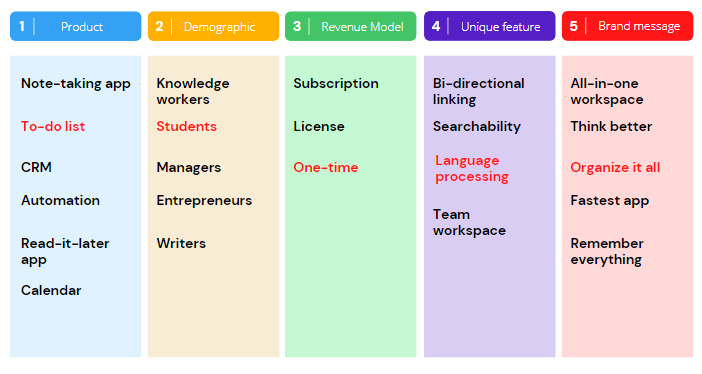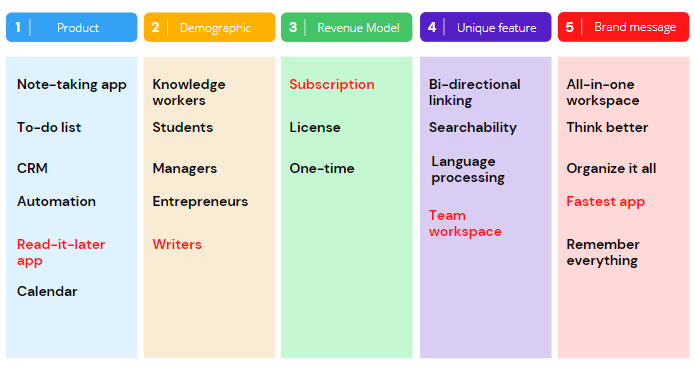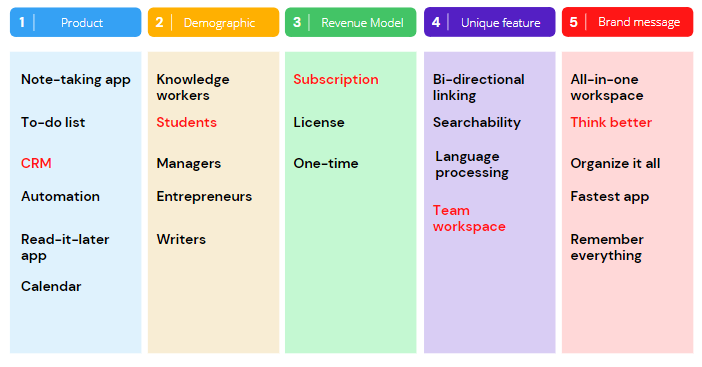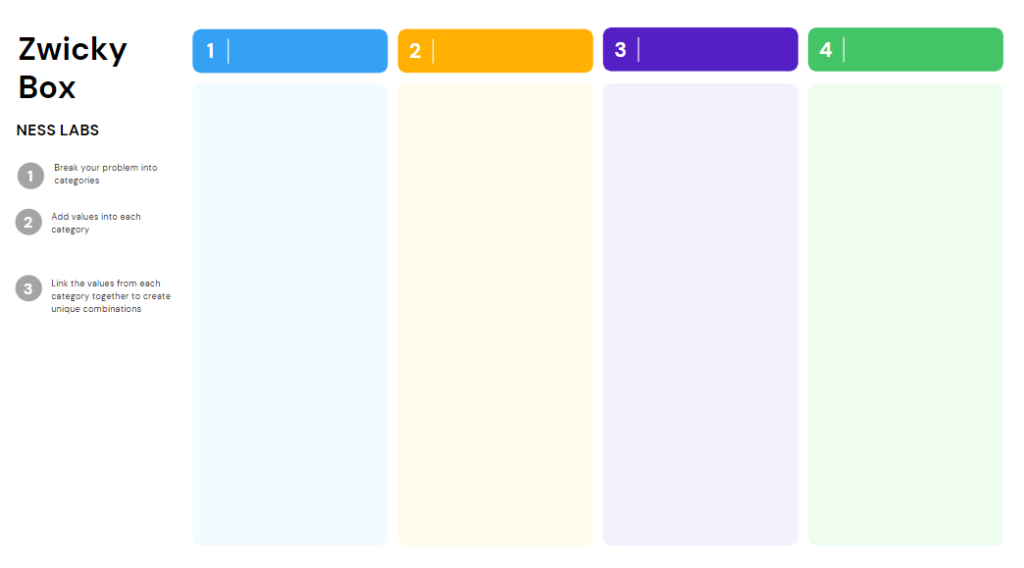Whether you are trying to create an online course or write an article, it can be hard to generate good ideas. Whenever you feel stuck, it can be helpful to boost your creativity with a systematic approach. The Zwicky box is a simple and effective way to create many unique ideas by breaking the problem down into categories, adding values to each category, and combining these values to create unique answers.
The secret behind the man who discovered dark matter
Fritz Zwicky was one of the most prolific scientists of the twentieth century. The Swiss astronomer wrote over three hundred articles, ten books, held fifty patents, developed jets and rocket propulsion systems, and discovered dark matter. He also found over a hundred supernovae by himself, and he was credited with coining the term “supernova”. For his work in astronomy, he was awarded the Gold Medal of the Royal Astronomical Society in 1973 for “his many distinguished contributions to the understanding of the constituents of the Galaxy and the Universe.” He also received the Medal for Freedom in 1949 from President Truman for his innovation.
To say that Zwicky had the incredible ability to generate unique solutions to the problems he faced is an understatement. Yet, many do not know his creativity, problem-solving, and ideation method.
His secret sauce is the Zwicky Box (also called “morphological analysis”), a simple yet powerful strategy for generating ideas and solving problems. In 1971, Zwicky wrote: “I feel that I have finally found the philosopher’s stone in what I call the morphological outlook and method.” According to him, the Zwicky box could increase the efficiency of our brains by 100 times.
Zwicky’s strategy for solving problems and generating answers is simple. Take a problem, break it down into categories, add various values into each category, and link the values together to create unique combinations. Here is an example of what a Zwicky box for building an app looks like:
The problem with how we think
“Zwicky believed that if only we could free ourselves from our pedestrian patterns of thought and learn to think morphologically, the future could be shaped by our images – however bold – rather than by the inertias of existing institutions and investments.” — Jesse L. Greenstein in Remembering Zwicky.
When it comes to solving problems, our brains often jump to familiar answers. For example, if your phone is low on battery, charge it. If it’s cold outside, turn the heater on. While these familiar solutions are good in certain situations, they may not be enough to navigate more complex areas of our lives.
Sometimes, the problem does not lie in coming up with ideas, but stopping too early when you only have a few solutions. Only when all the possible solutions are exhausted can we find the best answers.
Thomas Edison had 1093 patents, while Mozart had 600 musical compositions. However, we only remember a few, and the groundbreaking ones were only possible thanks to the number of ideas they generated. Prolific creatives such as Ed Sheeran and John Mayer also attributed their success to coming up with many ideas before selecting the best ones.
Zwicky’s work also involved solving complex and challenging problems. These are not problems you can answer with conventional answers. Instead of squeezing his brain to develop unique solutions, Zwicky used the morphological box to generate many ideas. Thanks to this approach, he could come up with a set of diverse answers and select the best possible solution. And the good news is: you can use his method as well.
How to create your own Zwicky box
A Zwicky box is powerful but is not hard to build. Break your problem into categories and add values to each category. Then, create unique combinations by combining the values from each category.
Let’s say you want to come up with a new app. You can follow the steps along here by downloading our Zwicky box template.
Step 1: Figure out your categories.
The first step is to define our categories. Here is what your Zwicky box might look like at the start:
Finding your categories is simple: take an example of a similar existing solution, list each part, and ask if you can turn it into a category. For instance, let us take Roam Research, and break it down into its components:
- Note-taking app – Product
- Knowledge workers – Demographic
- Subscription model – Revenue model
- Bi-directional linking – Unique feature
- Networked thought – Brand message
Then, add each category into its column. You should have something like this:
Step 2: Add the values
Next, brainstorm values for each category. If you have a problem coming up with values, try looking for inspiration from existing solutions, searching online, or brainstorming with your team. As long as it is workable and realistic, add it into the Zwicky box.
Step 3: Create unique combinations
Next, combine the values to create a brand new idea. Randomly pick one of the values from each category and link the values together. For example:
Combination 1: To-do list app, for students, one-time payment, language processing, and organize it all
Combination 2: Read-it later app, for writers, subscription model, team workspace, fastest app
Combination 3: CRM, for students, subscription, team workspace, think better
Continue to create these combinations even if you don’t find anything valuable at first. The power of a Zwicky box comes from the many ideas it creates. Suppose you have a Zwicky box with five categories. Each category contains five values, leading up to 5 x 5 x 5 x 5 x 5 = 3125 unique combinations. With this many options, you are bound to generate at least one or two high quality, innovative ideas.
Using the Zwicky box in your everyday life
The process may sound quite theoretical, but the Zwicky box has many practical applications. Here are four ideas on using a Zwicky box in your everyday life:
- Creativity. From story planning to content creation, creatives can utilise the Zwicky box to generate original ideas.
- Innovation. You can use a Zwicky box for market innovation, business model creation, product development, and prototyping.
- Decision making. A Zwicky box can help you with strategizing, financial modelling, and daily decision making.
- Brainstorming in a team. It can be helpful to brainstorm ideas with your team with a Zwicky box where everyone can contribute to creating and filling the Zwicky box.
The Zwicky box is a simple tool to improve your creativity and problem-solving. Simply break down your problems into their components, add values and link them together to create new ideas. It’s easy to set up and can be used for many situations, from creating your next business model or article. Get started by downloading our free Zwicky box template.

